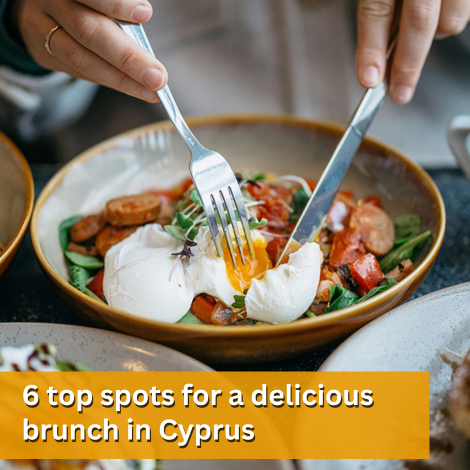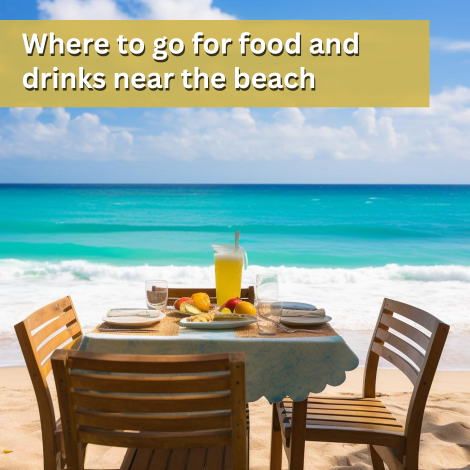Bet on the wrong horse
If you lose at Nicosia’s races you at least win an exciting Sunday
I would have so liked to have bought a hat! You know, one of those big ones with a wide brim and feathers. But Agios Dometios is not Ascot and with such a cartwheel on my head I would run the risk of being a laughing stock amidst all those people coming to the races in everyday clothes. There are still people to be found in Cyprus who have a sense of excitement and want to see the horses, these noble animals, in real life. Not all betting addicts like to be fobbed off with a screen in the betting shop, however large it may be. In this, almost rural, district of Cyprus’ Capital the racecourse is the biggest attraction. And it is quite fun to spend a Sunday or Wednesday afternoon here with friends.
We are well prepared: sunglasses, binoculars, some snacks and Prosecco. Just in time for the first race at 15.30, our small group gathered at the parade ring, as the rotary is called, where the horses are paraded. Then the audience, mostly men, flow into the hall to the gambling station. Shortly after, we can hear the hoofs clapping, the mumbling and grumbling and then the swelling cheers of the crowd on the stand. The disappointed groan from hundreds of throats is to be heard equally loud. Well, bet on the wrong horse!
The Nicosia Race Club is the only place in Cyprus where you can soak up the exciting atmosphere of this royal sport. Admission is free. The beautiful, old ticket booths are empty, the turnstiles have become useless. When the racing club was founded in 1936 under British auspices, most locals couldn’t probably afford the entry fee. Let alone the wager. But the local wealth grew and so did the desire to bet. Before the crisis in 2013 up to 5,000 people attended the two race days each week. Meanwhile the run is over. Hardly anyone is looking for distraction here, most regulars hope for a lucrative win.
Through the crowds of men with dishevelled hair and a rolled up betting journal in restless hand, all waiting on their next chance, a big white hat is teetering in our direction! Our friend Flora, coming a bit late, has dressed up and paces through the crowd like a Lady. She conveys the impression that all the others are dressed inappropriately. Lo and behold, she draws neither incredulous looks nor whispers. At this racecourse everyone may seek heaven in his (her) own fashion - with or without a hat.
There are up to ten runs per race day. Each of us has picked a favourite but not bet yet. We want to take it slow. Nevertheless, we excitedly keep our eyes on our chosen horses. This is getting difficult the more they approach the second stretch. Now the binoculars come to action. The racecourse is 1.2 km long and 30 meters wide. It’s not easy to follow what is happening in the distance. But that it is getting exciting, you feel the buzz with the swelling murmur of the bystanders. The excitement boils up and rips through us.
Now we want to bet as well! Fortunately, Christos is with us. He introduces us to the mysterious world of horse racing. In the main hall the monitors show the results of the recent race. If you bet to win, the odds this time are 5.80 to one - a winning bet on a euro will give you 5.80 euros. For a place bet you get a little less for your money. We reach for the green leaflets lying around on the bar tables. This "Official Race Card" contains the lists for the races of the day. With Christos we learn that it shows not only the name of the starting horses, but also the origin of their parents, their age, the name of the owner and the trainer, the names of the jockeys, their weight and the colour of their race dress. With this important paper in our hands we move to the parade ring and watch the horses with imaginary expert eye. At least we know now a bit about each of them. Well, this doesn’t necessarily make it any easier to decide, but there are still the experts left and right. "Number four," we hear whispered from one side, "Number seven! For sure!", from the other.
Now we are keen to bet. Some of us bravely wave a 10-Euro note, others balance a 2-Euro coin on their sweaty palm. Now it’s decision time. Are you going to bet on an outright win of your chosen horse? If so, you have to say "Win", the number of the horse and the amount of the wager. There is nothing more to explain. The people behind us are getting impatient anyway. They certainly do not want to miss what might be the greatest chance of a lifetime because of us greenhorns. So, decide beforehand and quickly place your bet! A place bet ("Place") is when you think that your selected hack will be in either first or second place. You can also opt for an "Omni" bet. Here you bet on two horses, both of which must finish in the top three, the combinations are 1 + 2., 1 +. 3 or 2. + 3.
Once you have placed your bet, even if only for the two Euro minimum, you will be bitten by the betting bug. The starting gates spring open and the hooves kick up the sand. We jump off our seats and cheer our favourites. But such a race makes you realise that you must not count your chickens before they are hatched. Because the race will only be decided in the final stretch. And as much as I spur the horse #1 named “Varkiza“, it is overtaken twice close to the finish and comes third. Damn! A victory would have brought me at least 20.80 Euros. The others pull a face, too. We talk shop a little, drink a toast to the collective defeat and try again to outwit Lady Luck. But none of us were in luck that day. Still you know the saying: “Unlucky at cards, lucky in love!” Let’s hope it’s the same for horseracing.
Race meetings at the Race Club Nicosia take place every Wednesdays and Sundays (with some exceptions).
Photos © CIPS Ltd./Marcos Gittis (www.cips.com.cy)
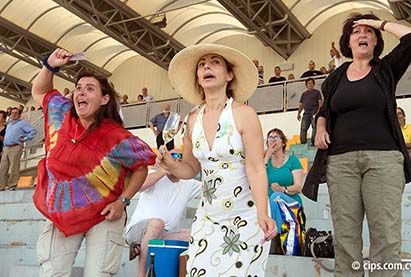
It is quite fun to spend an afternoon with friends at the racecourse in Nicosia

 English
English
 Ελληνικά
Ελληνικά Русский
Русский
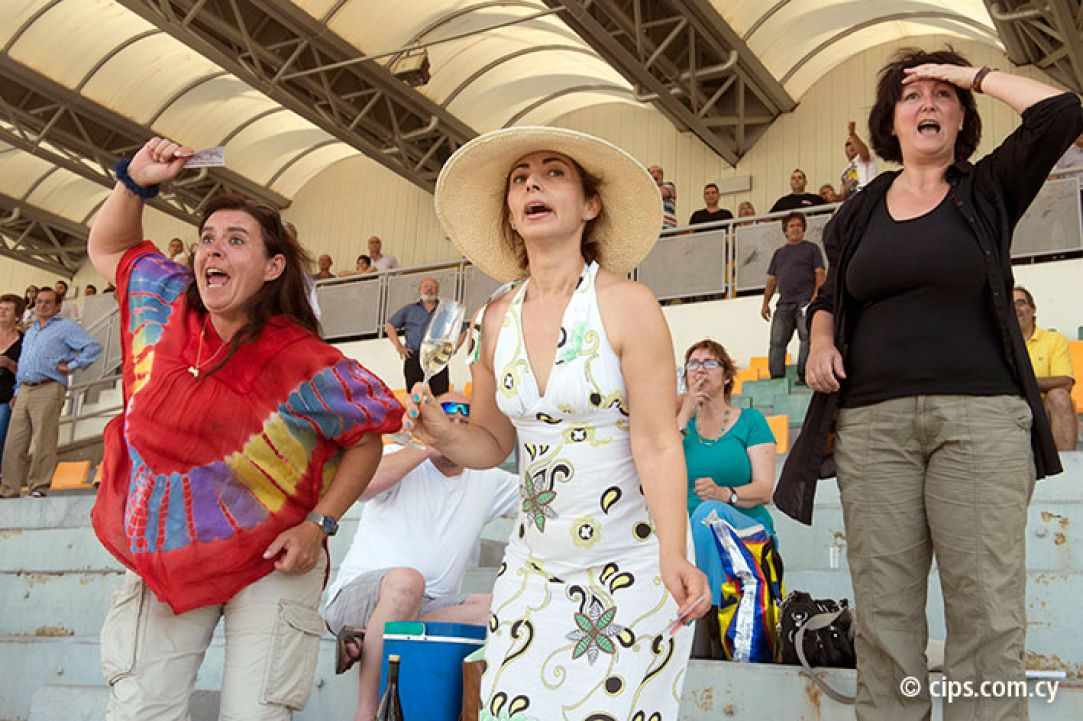
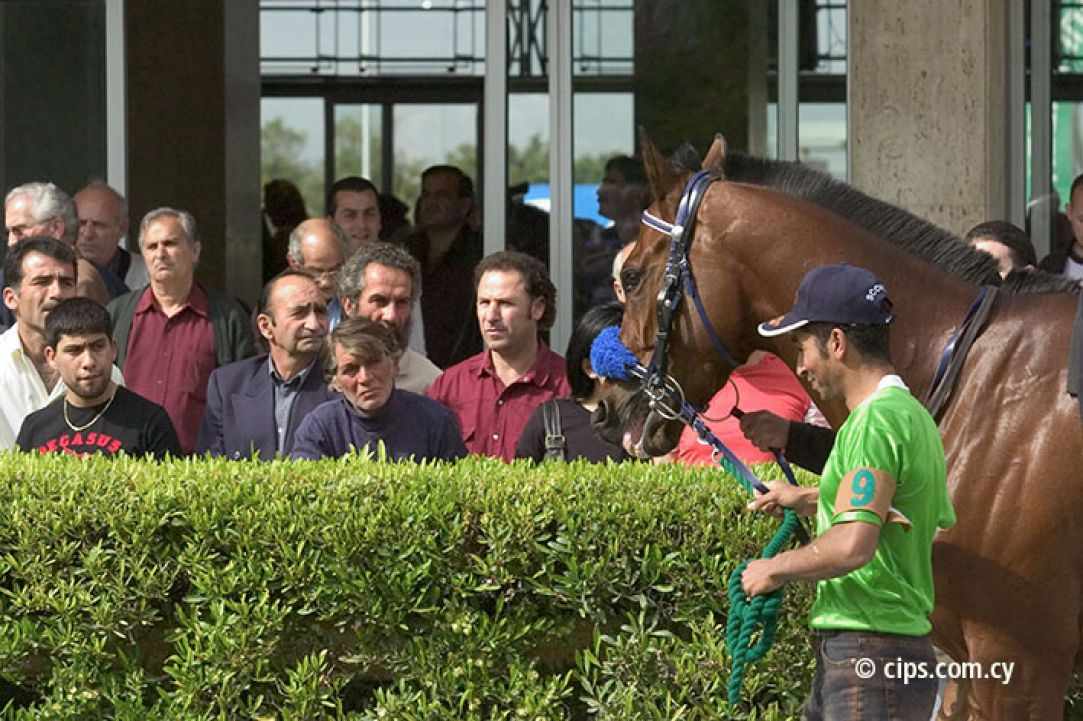
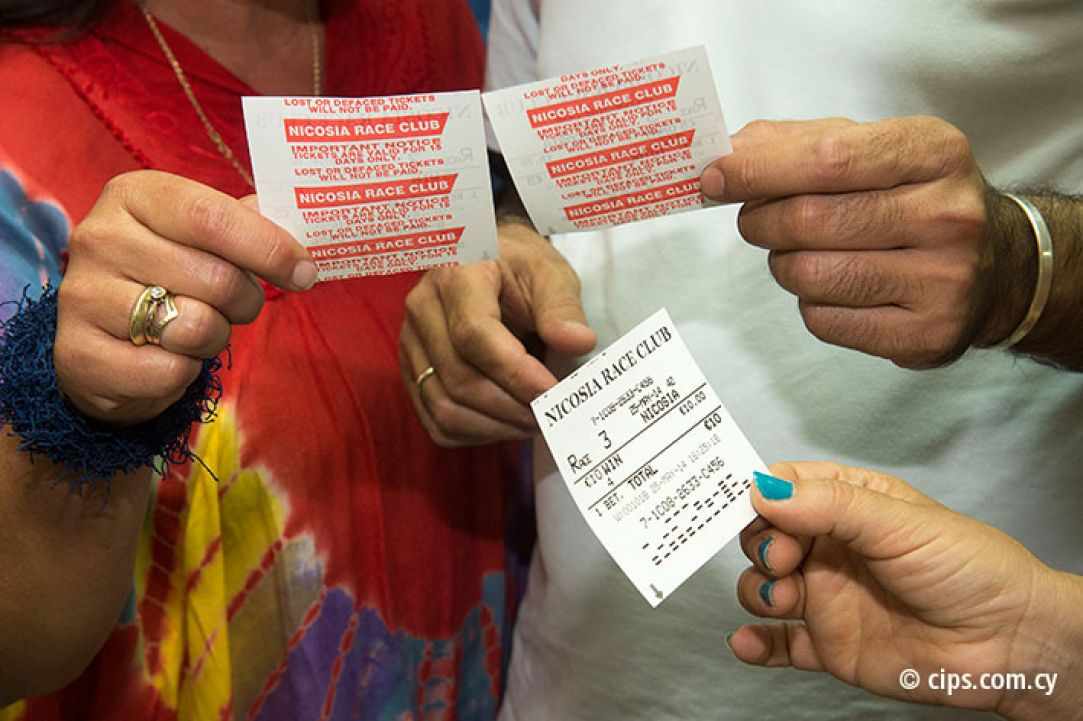
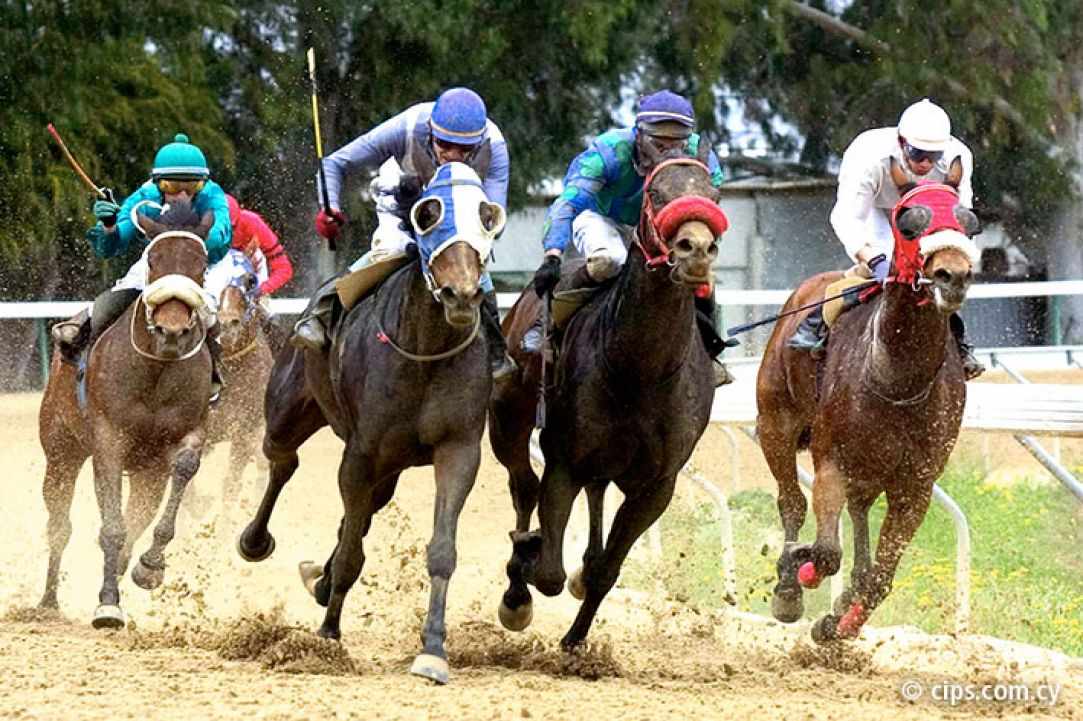
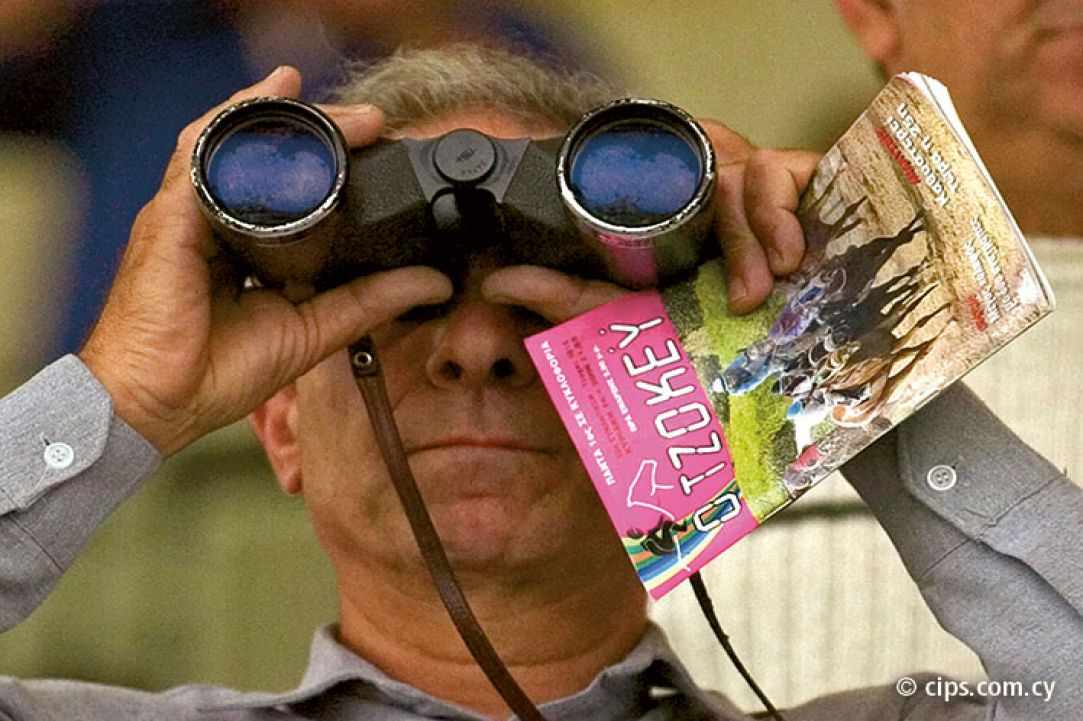
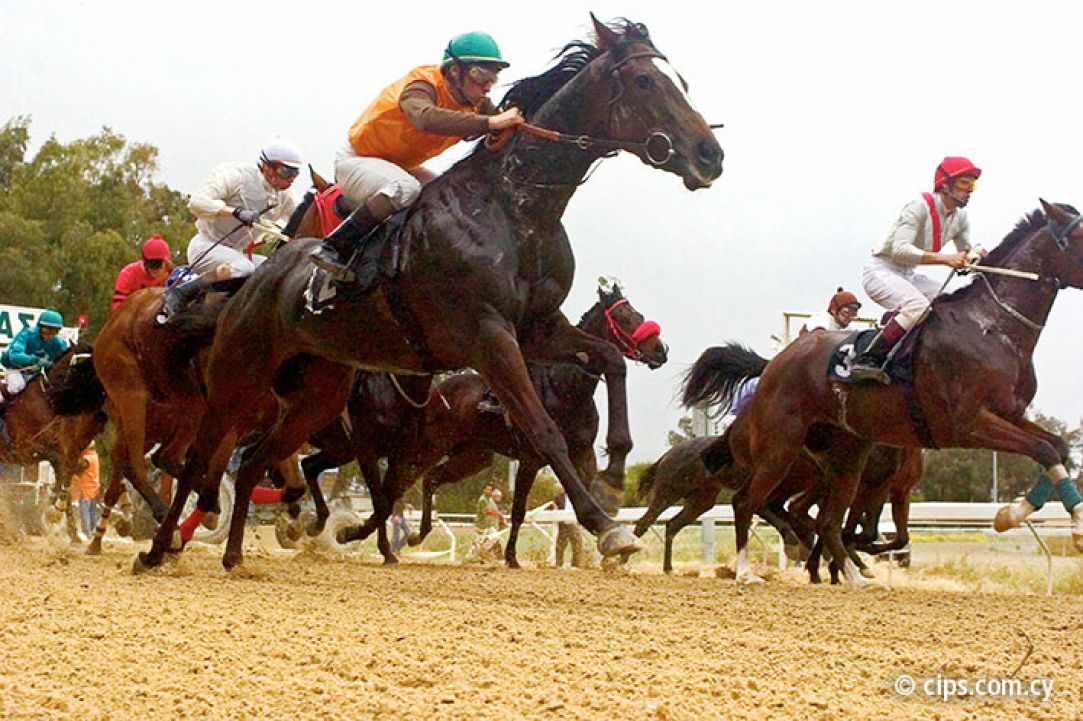
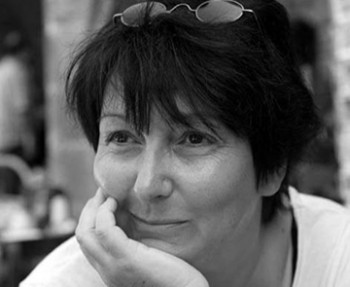 Posted by
Christiane Sternberg
Posted by
Christiane Sternberg



